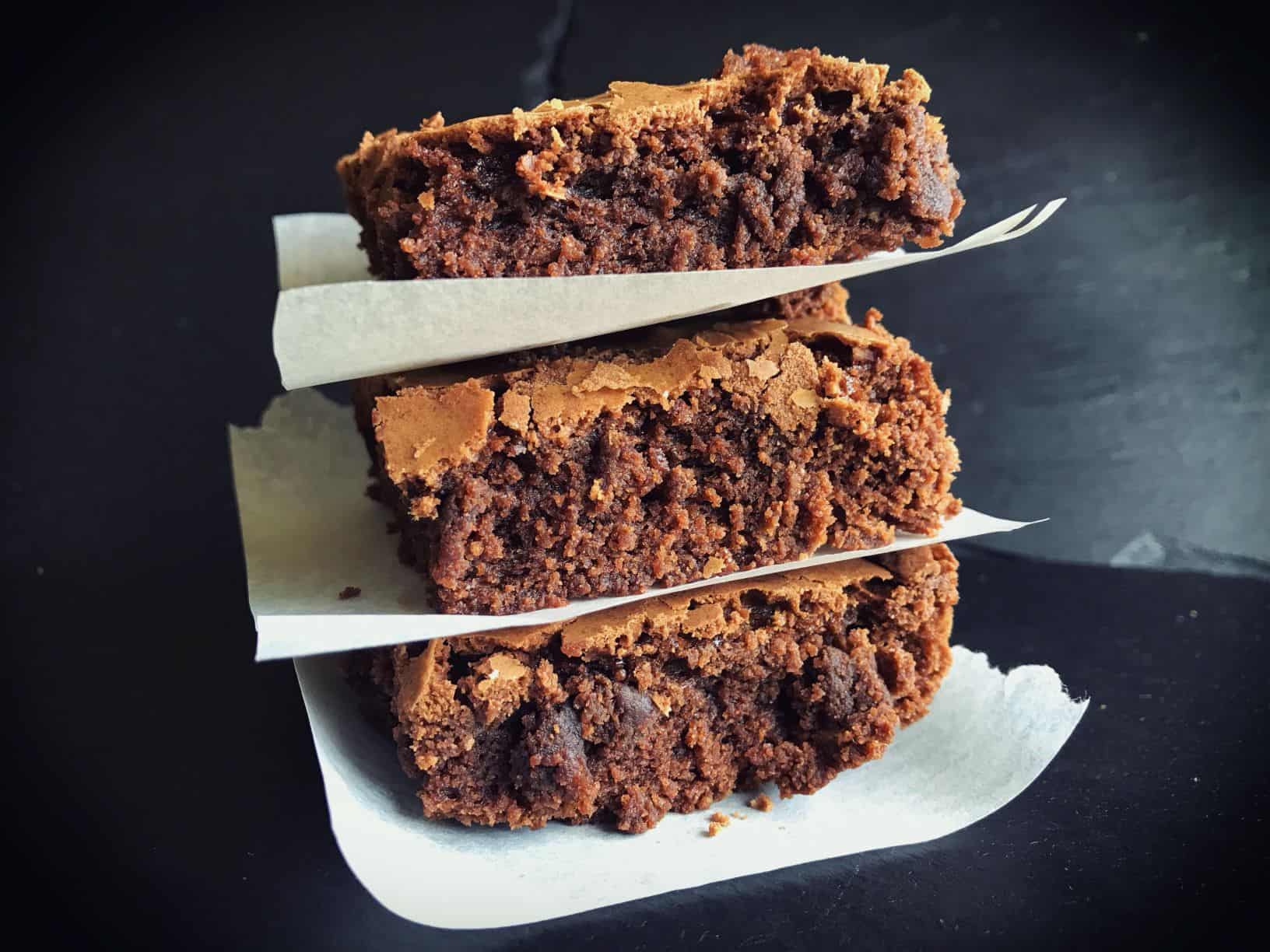There are many instances where you should freeze gluten-free baked foods. Maybe you prepared too much dough and want to save some for a later date, or perhaps there was leftover cake from your last party you don’t want to waste. The good news is that freezing your gluten-free treats is a simple process with few complications.
Whether you practice gluten-free baking yourself or have your gluten-free baked goods shipped to you from a bakery, freezing your items will help you get the most out of them and allow you to enjoy them over a more extended period. While freezing gluten-free goodies isn’t as complicated as making them, you should still follow these tips to ensure you preserve them correctly and for as long as possible.
1. Cool Down First
It’s important to let your baked goods reach room temperature before you freeze or refrigerate them. If you box, wrap, bag, or otherwise seal them while they are still even somewhat warm, the steam they generate will get trapped and turn your food soggy. Once that happens, there’s no getting it back to its once flavorful state.
Give your items an hour or two at room temperature before putting them away. Even if you’re in a rush, letting them rest for a few hours does less harm than being too fast with the freezer.
2. Wrap It Up Tight
Once your food has cooled off, you need to wrap it up (in plastic, foil, or both) or place it in a container (like a sealable bag or Tupperware). This will help keep moisture locked in while stopping the cold air from spoiling it. Keep in mind that You should place Tupperware in your refrigerator rather than your freezer because it can crack in very low temperatures.
When stored properly, you can keep items like gluten-free bread and cake frozen for a few months. However, you should refrigerate any gluten-free desserts with frosting instead if you want to preserve their decorative look. Frosting doesn’t hold up well under freezing conditions and may become difficult to eat.
3. Use Layers for Added Protection
Though it isn’t always necessary, using multiple wraps of sealable bags gives you a little extra peace of mind when you need to keep gluten-free baked goods over long periods. Even a small hole in the wrap or bag can lead to freezer burn, but doubling up can prevent this from happening.
This isn’t necessary when using Tupperware. However, if you choose to wrap an item in your refrigerator, more layers can stop the odors from other foods from latching on to your gluten-free snacks. Tupperware is recommended for refrigerator storage that its air-tight seal is the strongest defense against this problem.
4. Pre-Freeze Dough
Whether you’re planning or made too much, pre-freezing gluten-free doughs is perfectly harmless. The recommended practice is to portion the dough out like you usually would, then place it on a parchment paper-lined baking sheet and wrap everything in plastic. Let them freeze until they are completely hard before transferring them to a sealable bag.
When you’re ready to bake, send them straight to the oven, following the recipe’s baking instructions as you usually would. There’s no need to thaw. This trick is convenient for biscuits and scones. Make large batches, use only what you need, and save the rest.
You can make cookies the same way, only they need to thaw at room temperature for a few hours before baking.
5. Thawing Frozen Baked Goods
There are more than a few ways to thaw frozen treats, but the only way to do so without potentially ruining your food is to let it sit at room temperature. How long depends on the item’s size and density, but you can always check to see how it’s progressing with a fork or your fingertip.
While some people may recommend using a microwave’s thaw function or even an oven to bring gluten and dairy-free desserts back to life, these methods are difficult to measure precisely. If they don’t warm your food enough, you’re in for an unpleasant eating experience. If they overheat it, even by a moment or two, you’re potentially facing a soggy mess. Being patient will ensure your food will be in the best shape possible.
Once your food has fully thawed, you can reheat it in the microwave or oven. With the microwave, heat it for short periods, checking it between each interval until it’s where you like it. If you prefer to use the oven, preheat it at the lowest setting and put your food in until it’s ready, checking frequently.
6. Re-Freezing Baked Items
Say you have a loaf of gluten-free sweet bread stashed away in the back of your freezer. When you’re ready to eat it, you only want a slice or two. There’s no harm done in re-freezing the rest. Just wrap it again the same way you did before, put it back in, and enjoy the rest at your leisure.
Shop with Outrageous Baking
Outrageous Baking can help you maintain your gluten-free diet while still indulging in your favorite baked goods (without the guilt).
We offer a variety of gluten-free and dairy-free treats that taste just like your mom’s homemade recipes. From cinnamon coffee cake to pumpkin or chocolate zucchini bread, our gluten-free breads and cakes are a true delight. Visit our store today to find delicious gluten-free treats that your entire family will enjoy in good health!


